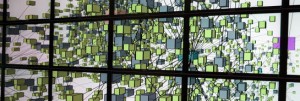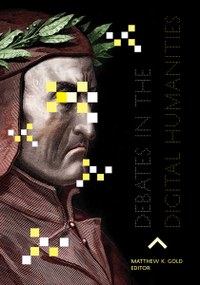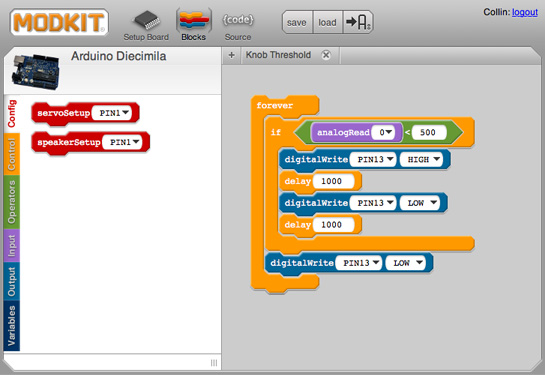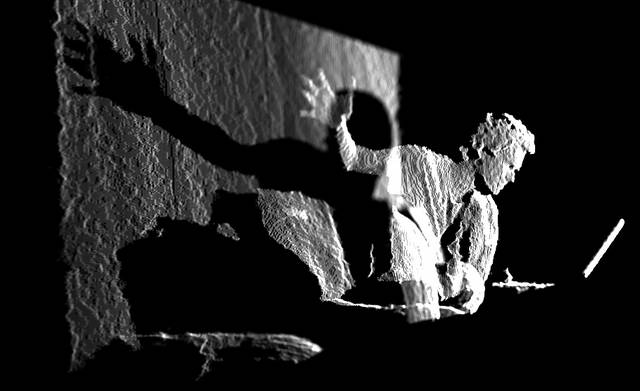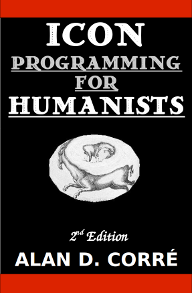Mark Sample has posted his gem of a MLA paper on An Account of Randomness in Literary Computing. I wish I could write papers quite so clear and evocative. He combines interesting historical examples to a question that crosses all sorts of disciplines – that of randomness. He shows how the importance of randomness connects to poetic experiments in computing.
I would recommend reading the article immediately, but I discovered, as with many good works, I ended up spending a lot of time following up the links and reading stuff on sites like the MIT 150 Exhibition which has a section on Analog/Digital MIT with online exhibits on subjects like the MIT Project Athena and the TX-0. Instead I will warn – beware of reading interesting things!
